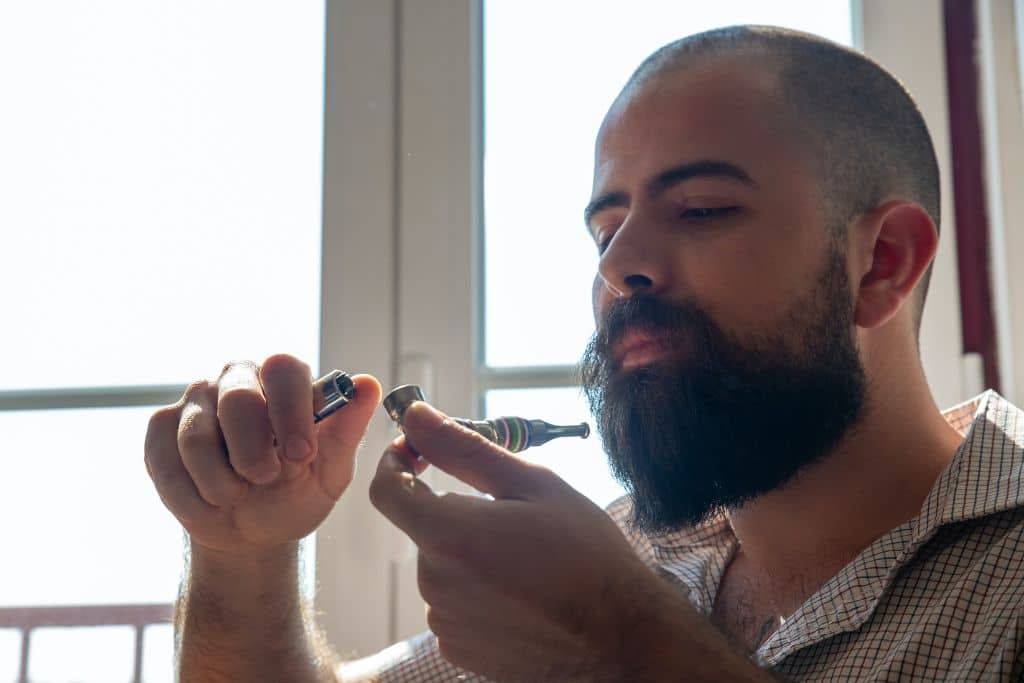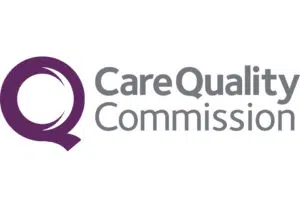 e
e
Crack cocaine, also known as rock, blow, bump or dust is one of the most addictive street-sold substances with the number of people being treated for crack cocaine problems increasing by 18% since last year (3,657 to 4,301) and 44% since the year before that (2,980 to 4,301).1
In this blog, we’ll discuss all you need to know about crack cocaine addiction and how to find help.
FAQs
Like most class A drugs, crack cocaine presents the risk of phycological dependence, addiction and overdose. Chronic crack cocaine use disrupts the brain’s reward system, making it difficult for people to achieve the intense high they felt when they first started using. Prolonged use causes physical side effects such as high blood pressure, increased heart rate and body temperature as well as abdominal pain.
Powder cocaine and crack cocaine are the same pharmacologically. The only real differences are their physical appearance and the method of use. Crack cocaine is cut with other substances such as water and baking soda and dried to form a milky hard substance. Once dry, it is broken down into smaller rocks. Cocaine comes in powder form, the texture of which will differ depending on what other substances it has been cut with.
You can’t force someone into rehab, which is why many families opt for an intervention. This gives loved ones a chance to express how the user’s addiction is affecting those around them. If the person is open to treatment, helping them find the right drug rehab may alleviate some of their anxiety.
Chronic crack cocaine uses poses an increased risk of suffering long-term heart problems, seizures, strokes and respiratory illness. It also leaves users with anxiety, depression and paranoia even when they’re not using.
What is crack cocaine addiction?
Addiction to crack cocaine describes the compulsive need to keep taking the drug despite the negative side effects and consequences. Addiction to crack cocaine can occur after just a few uses, and is extremely difficult to overcome, leading to physical, mental and financial devastation without the correct help and support.
How is crack cocaine used and why is it so addictive?
Crack cocaine is typically smoked in a pipe; however, some people have been known to inject and snort it. This free base form of cocaine is cheap and produces an extremely intense high. However, it is incredibly short-lived with users experiencing a ‘comedown’ within minutes of a high. One of the main reasons people end up addicted to crack cocaine so quickly is because they take more and more to achieve this same high.
How does crack cocaine affect you?
Chronic crack cocaine users suffer insomnia, hypertension, convulsions and muscle spasms as well as increasing the risk of seizures, strokes and heart attacks. It can also leave people with psychological issues such as paranoia, anxiety.
What is the difference between crack cocaine and regular cocaine?
One of the most common misconceptions about cocaine and crack is that they are two different substances. In fact, there are no pharmacological differences between them. Cocaine is a hydrochloride salt in its powdered form, while crack cocaine is made by combining powdered cocaine with water and ‘cutting’ it with other substances, such as baking soda. Once the mixture has been combined, it is boiled until a solid substance forms. It is then cooled and broken up into smaller pieces.
Aside from their appearance, they also differ in how they’re used. Powdered cocaine is typically snorted or ingested orally, while crack is smoked and sometimes heated to form a liquid and injected.
Another notable difference is the intensity and duration of the high. Any substance smoked or injected produces a much stronger high as it enters the bloodstream immediately, which is why crack cocaine is appealing to its users. However, although the effects of powdered cocaine take more time to be felt, the high also lasts longer.
Is crack cocaine addictive?

Crack cocaine is highly addictive. It works by stimulating the brain’s key pleasure centres leading to a sudden burst of heightened euphoria. Users can become addicted to the substance after their first use, and compulsively chasing that intense high eventually leads to psychological tolerance.
Crack cocaine addiction can cause serious physical and psychological damage and should be treated as soon as possible. If you think you have an addiction to crack or know someone who does and you want to help them, call us now.
What treatment is available for crack cocaine addiction?
There are many different treatment paths to help you overcome crack cocaine addiction. Inpatient rehab is considered the most effective and involves a drug detox followed by psychological therapy and drug counselling. This type of programme is designed to manage both the physical and mental aspects of crack addiction. Although the physical dependence isn’t as serious as that of an opioid or benzodiazepine addiction, a detox is always recommended to eliminate crack from the system. Psychological therapy should then be used to successfully overcome the psychological aspect.
How we can help
If you’re someone addicted to crack cocaine, or are concerned about your loved one’s behaviour, Which Rehab can help. Whether you have questions about crack cocaine addiction or are looking for support and advice on the best course of treatment, our team are happy to take you through the first steps towards recovery.
Call us today to begin your journey to a sober life.


